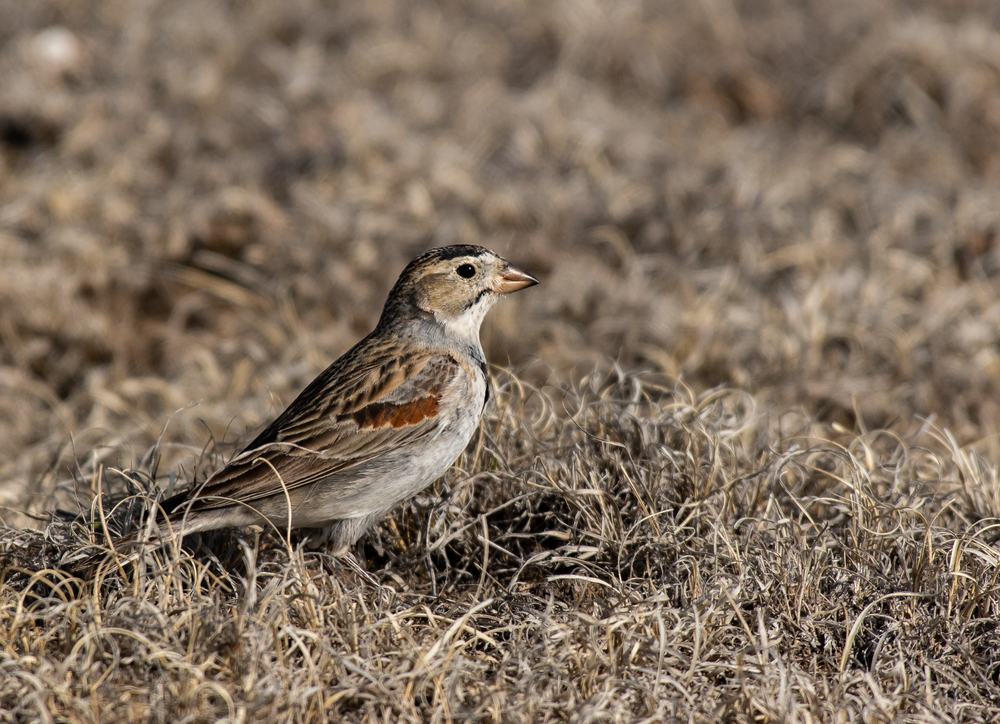By Alexa Leinaweaver, Live Animal Husbandry Coordinator, Fort Collins Museum of Discovery
There has been a lot in the news the last couple years about renaming mountains, parks, and monuments, acknowledging the history of colonialism and slavery in the U.S. that has become enshrined in everyday names. This rebranding trend has not been limited to bridges or buildings, but has been applied to animals too.
Biologists use a naming system for newly-described living things called “binomial nomenclature”, which was invented by Carl Linnaeus in the 18th century. Each species has a unique two-part name in Latin that links it to other related species. Think Homo sapiens (Human) and Homo neanderthalensis (Neanderthal). For animals, these scientific names are overseen by the International Commission on Zoological Nomenclature (ICZN).
Animals often have a second name, or “common name”, that’s often a little easier to say or remember than the Latin. You may find it easier to remember or talk about the Western meadowlark as it sings in a nearby field, then to call it Sturnella neglecta. Non-specialists often use common names, but they can change for a given species, depending on language and region, and are not overseen in the same way as the scientific names. An animal will have only one Latin name, but could have several common names.
Much of the early naming of plants, animals, and other organisms happened during times of European colonizing and exploration. The most practical way to name a new animal is to use descriptive terms in both the Latin and Common versions of the name. However, species can and have be named for nearly any impractical reason as well. Many have been named for people, such as the sponsor of a scientific expedition, someone’s spouse, a popular politician. Some animals have even been named as jokes, like the Agra vation beetle. (The entire Agra family of beetles is pretty silly.) There’s also a lot of cultural references, like the beetle Agathidium vaderi, named for a resemblance to Darth Vader’s helmet!

As our society evolves to be more inclusive, however, some terms in both common and Latin names for animals are becoming problematic. Species have also been named using language or assumptions that are offensive to us now, often exploiting the knowledge and resources of indigenous people and people of color. Many of the people once considered worth honoring with an animal named for them are now not seen in the same way. A small sample of some of the problems:
- A lizard native to the western U.S., known as the Common small-blotched lizard, Uta stansburiana, was named for Howard Stansbury in 1852. Stansbury, in addition to being an explorer with the Army Corps of Engineers, also played a role in a massacre of over 100 Timpanagos Native Americans in Utah.
- A beetle discovered in 1937 in caves in Slovenia and Italy was named to honor the new German chancellor at the time, and is still known today as the Hitler beetle, Anophthalmus hitleri. This beetle is currently at risk of extinction, due to obsessive collection of specimens by neo-Nazis.
- A bird formerly known as the McCown’s longspur (Rhynchophanes mccownii) was named in 1851 in honor of Confederate general John P. McCown. Its common name was changed in 2020 to the Thick-billed longspur (a neutral, descriptive name). (Note that the Latin nomenclature has not been changed, and still enshrines McCown.)
- In 2021, the moth Lymantria dispar has been renamed the Spongy moth (referring to what its eggs look like), instead of using the ethnic slur “gypsy”. Given this insect is considered a pest in the U.S., using a neutral name rather than a slur makes discussion of eradication of the insect less associated with the discrimination and genocide experienced through history by the Romani people.
- The invasive hornet Vespa mandarinia, when it first appeared in the U.S. in 2019, became commonly dubbed the “Asian Giant Hornet” as well as the “Murder hornet” in the media. While it is native to parts of Asia, the fears about this hornet fed into xenophobic, anti-Asian sentiments (as well as general fear and indiscriminate slaughter of hornets, bees, and similar insects). In July of 2022, the Entomological Society of America renamed this animal the Northern giant hornet.

There are many more examples of animals bearing names that are hurtful. While it is no small challenge to identify all the common and Latin names that should be changed, to come up with alternative names, and to implement all the changes, doing so would be a way to welcome minority groups into a love of wildlife. By taking on this project, the scientific world could be more accurate in how we describe the animals around us, using names that are descriptive of an organism’s appearance, behavior, preferred habitat, or some unique characteristic. Naming an organism after another person (especially someone objectively horrible like Hitler) or using insulting or inaccurate words tells us much more about the person doing the naming than it does about the organism itself. The language we use to describe the living world around us should build a better, more inclusive community.
Learn more about animal names and some re-naming efforts in the U.S.:
- Better Common Names Project (Entomological Society of America)
- Bird Names for Birds
- Curiosities of Biological Nomenclature

